What I want to do:
I have built a Raspberry Pi based robot I'm building for a robot competition.

The robot can be controlled through an http webpage hosted inside the Raspberry Pi itself. It uses websockets and streams a real time feed from the raspicam attached on the Raspberry Pi itself. The client is any web browser on any client on the locak network currently.

Because of the current Human Malaware situation, I want to add the option to pilot the robot remotely from the internet, rather than locally through Wi-Fi. To do so, I bought a Huaway E3372h LTE dongle. The dongle is configured and allows the Raspberry to access the internet.

PROBLEM:
While I have access from the robot to the internet, I do not know how to access the webserver hosted inside the Raspberry Pi from the internet.
I would like to access the webpage hosted inside the robot from a web browser like this: http://{Robot Public IP Address}:8080
I would like to do so, using no software inside the client, just a regular web browser.
Looking at other answers, I understand this to be a NAT problem, but I do not understand how to solve it. I saw people suggesting setting up a VPN, which would either require a middle man server or software inside the client, which I would like to avoid. Another suggestion was to contact the carrier to configure the NAT on their side.
SPECIFICATIONS:
I measured the bandwidth:
- Robot -> Client Bandwidth: 2.4Mb/s
- Client -> Robot Bandwidth: 49.6 Kb/s
- Data usage: 0.87h/GB
- Target Latency: 100ms to 150ms
QUESTION:
Is there another simple solution to just allow http traffic on port 8080 to be visible from the internet or another solution worth considering?
UPDATE:
I'm still researching the topic, It's not a problem with a straightforward solution. Techniques under consideration:
- IoT SIM: Static IP, but premium cost. About 50€/Month/GB.
- openVPN: Looks promising, requires a static server for negotiation, I'm not clear on how to implement it clientside with just a javascript running in a browser. Also, latency and performance is unknown, it might not handle remote controls.
- TCP Hole Punching: This technique should allow a direct TCP channel behind NAT by using a fixed point for just negotiation. It's used in peer-to-peer networks.